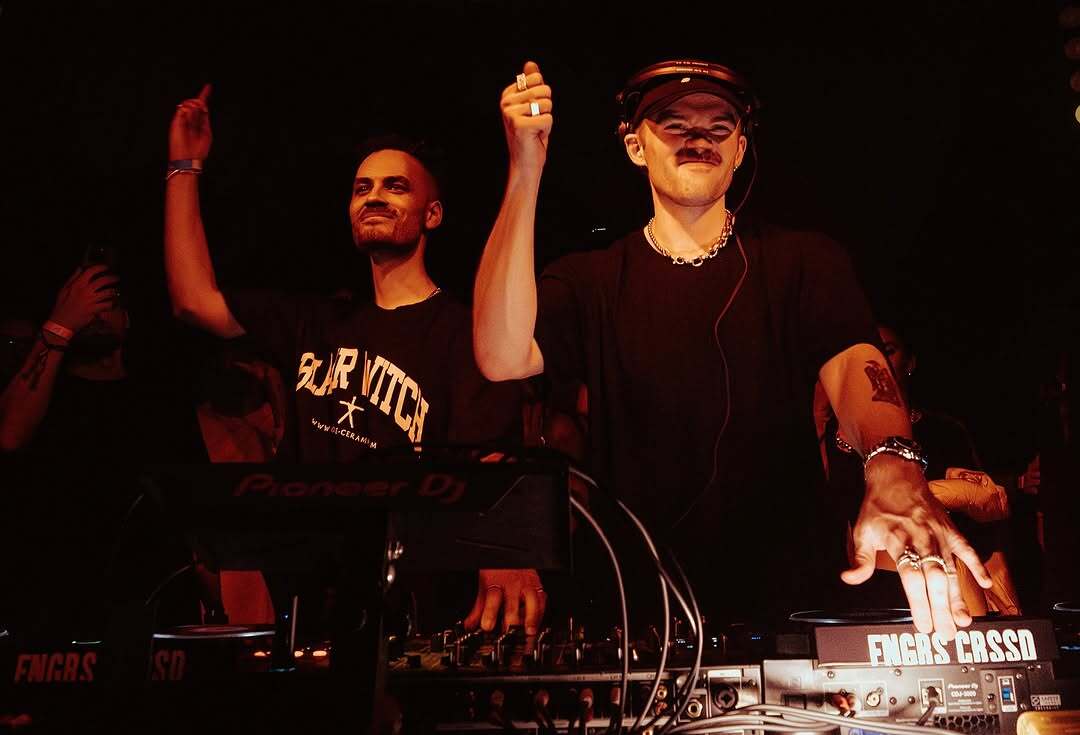The first English-language release of Boys Run The Riot, Vol. 1 comes at a time of greater awareness of the broader LGBTQIA spectrum, and, more specifically, the broader spectrum of trans and non-binary gender identities. Included in that awareness are the challenges trans and non-binary individuals face on a daily basis, from reconciling their inner selves with the bodies they were born with to casual invalidation of their identities by both institutions and those closest to them.
In the worst-case scenarios, trans and non-binary people are subjected to government policies that seek to restrict their identities and lives in very invasive ways. Most of these aspects are at the heart of Boys Run The Riot, a coming-of-age manga by Keito Gaku, who is himself, transgender.
In the opening pages of Boys Run The Riot's first collected volume, we are introduced to Ryo Watari, a transgender boy who is a second-year high school student. Readers are made aware of his feelings and experiences right away: he hates being forced to wear a female school uniform, he is constantly misgendered by teachers, friends and family alike, and he is even deadnamed. With such persistent invalidation of his identity, Ryo feels like he can't be his authentic self around even his closest friend, Chika, whom he has a crush on. The only outlet for his frustrating circumstances is wearing men's clothing, which allows him to befriend his classmate Jin Sato -- a repeat second-year student -- who shares his fashion tastes.
Ryo's friendship with Jin is the major focal point of Boys Run The Riot Vol. 1. Through Ryo's friendship with Jin (who is himself an outcast), Gaku explores meaningfully connecting with another person in a way that doesn't force a trans boy to hide major aspects of himself. Specifically, Gaku seeks to answer the question of whether a cisgender person can admit to not understanding the internal struggles of a transgender person and still respect that person's gender identity.
Related to that question is whether or not a cisgender person is willing to learn to understand a trans person's feelings, and take a genuine interest in getting to know them as a person. This creates strong story potential for Ryo who is not used to being validated by others, let alone cisgender people. With Jin and Ryo's friendship, Gaku introduces one of the manga's major themes: acceptance.
The acceptance theme in Boys Run The Riot Vol. 1 is two-fold: The story doesn't just focus on Jin learning to be more sensitive about trans issues -- part of his journey to being a good friend and important ally to Ryo. The story is just as much about Ryo's own self-acceptance and personal growth.
Prior to Ryo meeting Jin, Gaku explores the all-too-familiar theme of a trans person needing to pretend to be someone they're not in order to find some level of acceptance. With the introduction of Jin, Gaku is able to explore other aspects of Ryo's character outside of his struggles as a transgender person, such as his personal interests and life passions. Upon discovering what those passions are, Ryo is able to gradually start forming a solid self-concept, and more importantly, start thinking about his future and what he wants to contribute to the world.
Another major theme explored in Boys Run The Riot Vol. 1 is the meaning of friendship; specifically, the importance of having a healthy support system. While this is obviously an important theme for Ryo, it's also explored in-depth with the character of Itsuka Todo, another second-year student at Ryo's high school. Though Itsuka is cis male like Jin, he explores a very similar internal struggle to Ryo in the form of low self-esteem. With an equally shaky self-concept that prevents him from knowing his own worth, Itsuka is easily vulnerable to being exploited and bullied by some of his classmates. Like Ryo, he too struggles with forming relationships, but unlike Ryo, he prefers to play it safe by being what others want him to be. By having Itsuka interact with Ryo and Jin, Gaku creates similar opportunities for Itsuka's character growth. Specifically, whether or not he can learn to respect himself and be more assertive.
Through carefully paced writing and well-laid-out art, Gaku is off to a strong and promising start with Boys Run The Riot Vol. 1. By using a somewhat realistic art style and occasional use of color, Gaku succinctly introduces his main characters and their respective struggles in a way that gets readers to sympathize with them right away. His characters are all given highly distinguishable looks and body language, while Gaku's thoughtful plotting also creates unique opportunities for his characters to grow. Most importantly, he engages readers with highly relatable themes, such as acceptance, the meaning of friendship and the importance of having a strong support system.
About The Author

